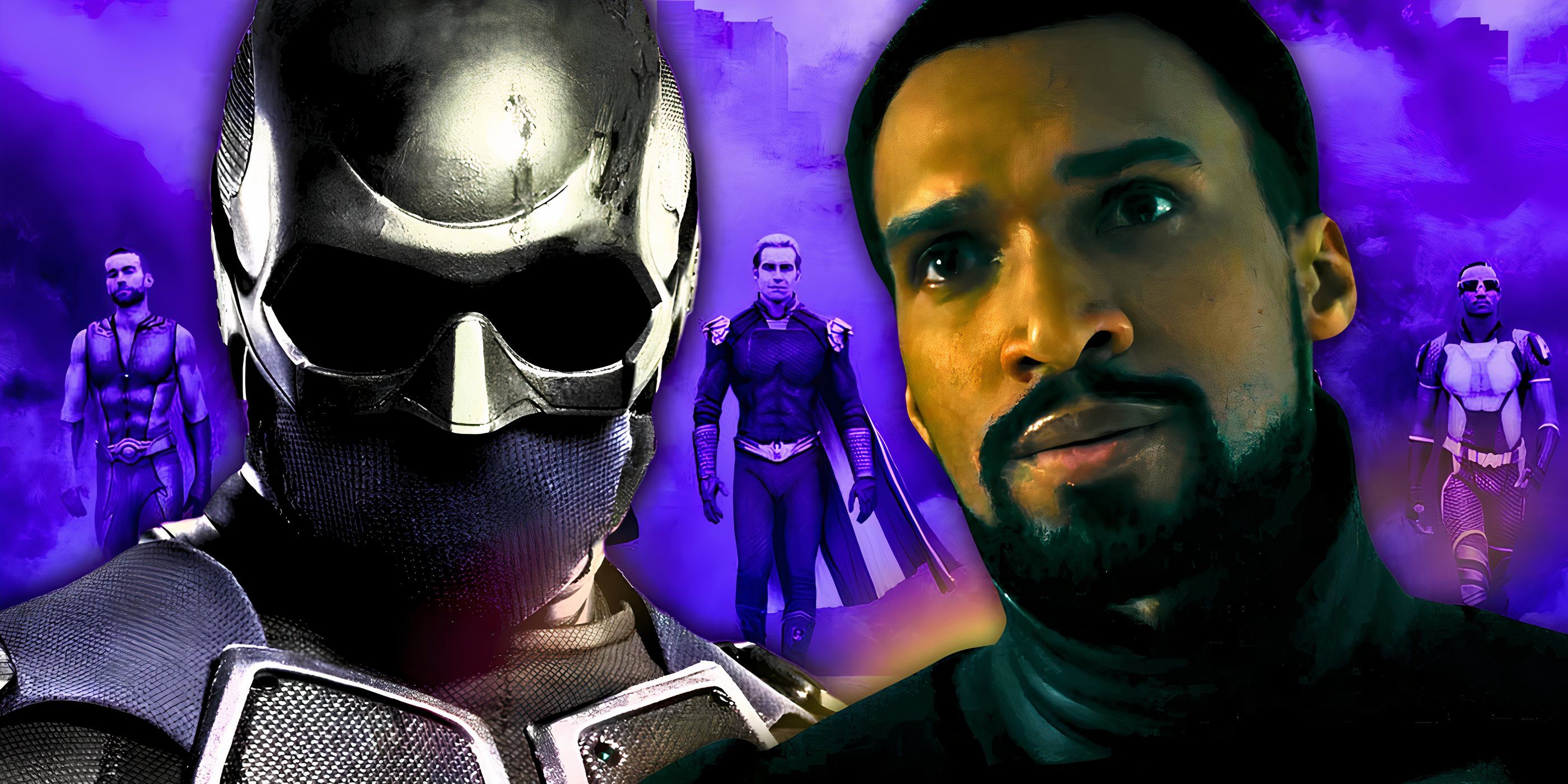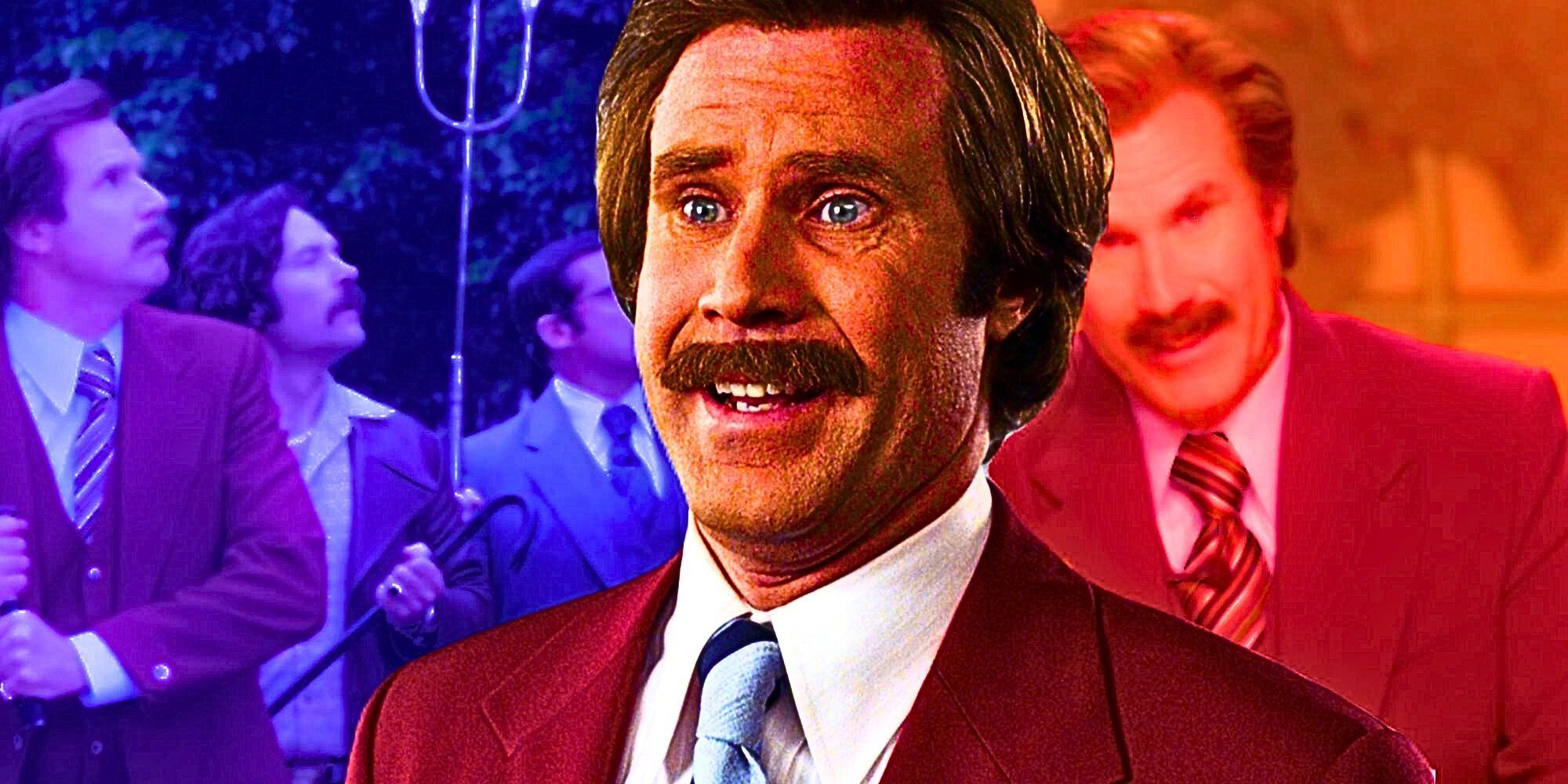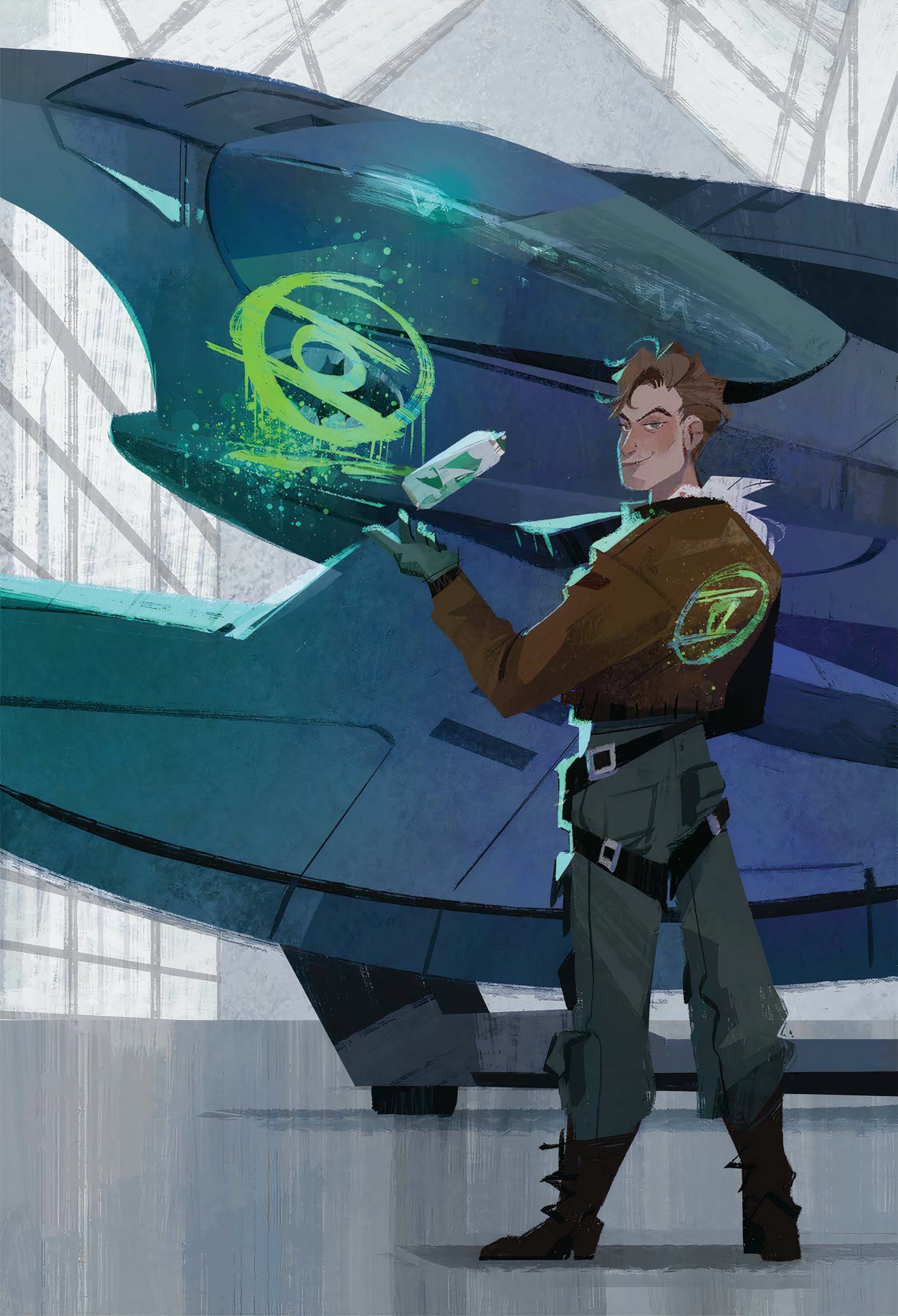Warning: This article contains spoilers for A Haunting in Venice.
While most of A Haunting in Venice’s mysteries are neatly tied up, the story remains elusive when it comes to the reality of its titular haunting. The film, Kenneth Branagh’s third outing as the Belgian detective Hercule Poirot, finds itself blending genres and breaking with numerous series conventions. In A Haunting in Venice, a retired, disillusioned Poirot is invited to witness a séance at the home of an opera singer who wishes to commune with her late daughter. However, the macabre evening takes an even darker turn when the psychic medium is found dead, with a retired Poirot forced to take on the case.
A Haunting in Venice is the first of Branagh’s three Hercule Poirot movies to change its name from the original book’s title, and it diverges from the source material in other ways. Agatha Christie’s novel Hallowe’en Party takes place at an English estate rather than a Venetian Palazzo. While the central mystery is largely the same, the book does not feature a séance, nor do ghosts play a major part in the story. The decision to focus more heavily on the supernatural elements imbues A Haunting in Venice with an affecting atmosphere. However, it’s unclear whether the film’s many ghosts are another misdirection or a confirmation of the supernatural.
Most Of A Haunting In Venice’s Ghosts Aren’t Real
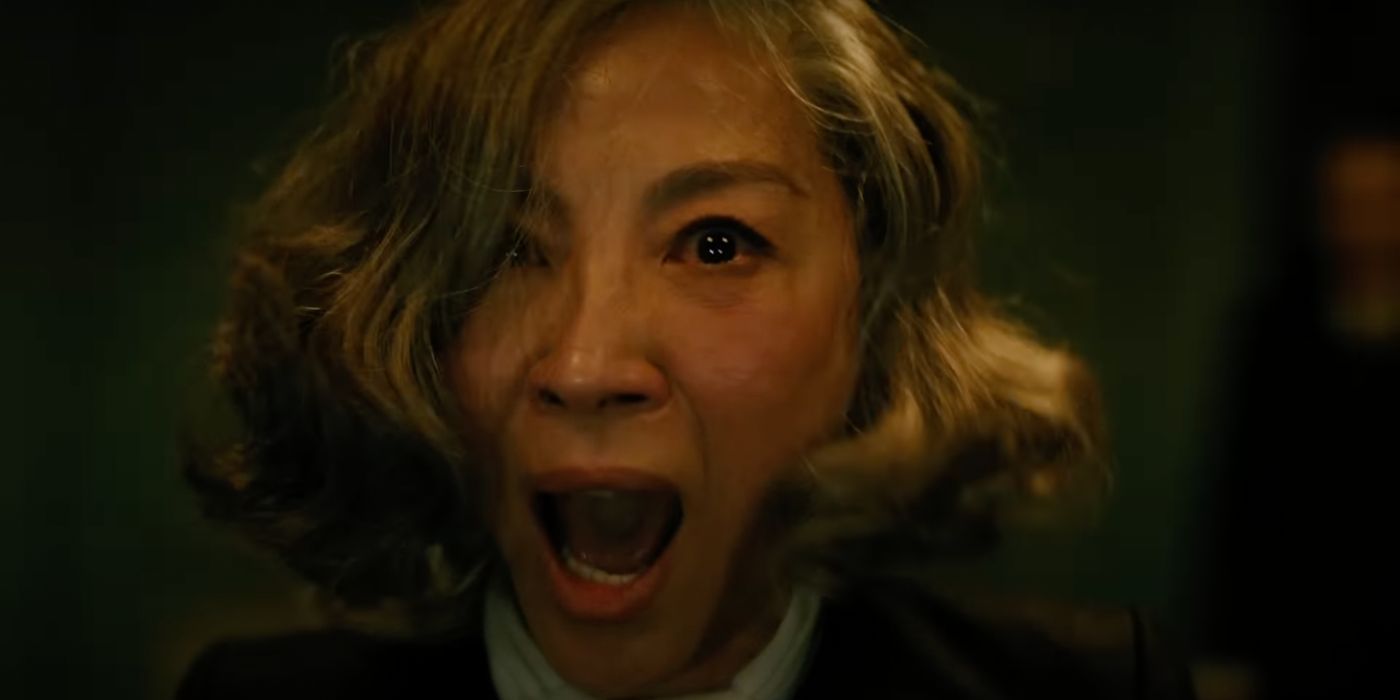
While A Haunting in Venice’s cast of characters spends the entire movie being menaced by apparently supernatural forces, the vast majority of these occurrences can be rationally explained. The troubling visions of ghosts and sounds of children’s laughter that Poirot hears throughout the film are in line with the legend that the Palazzo is haunted by the spirits of children, and the deceased Alicia Drake appears to Poirot multiple times throughout the film, both as a child and in her drowned form. However, these visions can largely be explained as the result of drinking tea laced with Rowena Drake’s (Kelly Reilly) hallucinogenic honey.
Other supernatural occurrences can be explained with a plot spearheaded by Tina Fey’s Haunting in Venice character, Ariadne Oliver, in order to generate material for a best-selling book about Hercule Poirot being stumped by the medium Joyce Reynolds (Michelle Yeoh). Ariadne and Poirot’s ex-detective bodyguard, Vitale (Riccardo Scamarcio), feed Joyce information about the Alicia Drake case and about Poirot’s life in order to give her the appearance of psychic clairvoyance. Joyce’s accusation that someone murdered Alicia Drake is contrived as a means of injecting drama into Ariadne’s planned book. Unfortunately, their lie proves prescient, resulting in Joyce’s murder at the hands of Alicia Drake’s killer.
Why A Haunting In Venice Doesn’t Confirm A Few Ghosts’ Reality
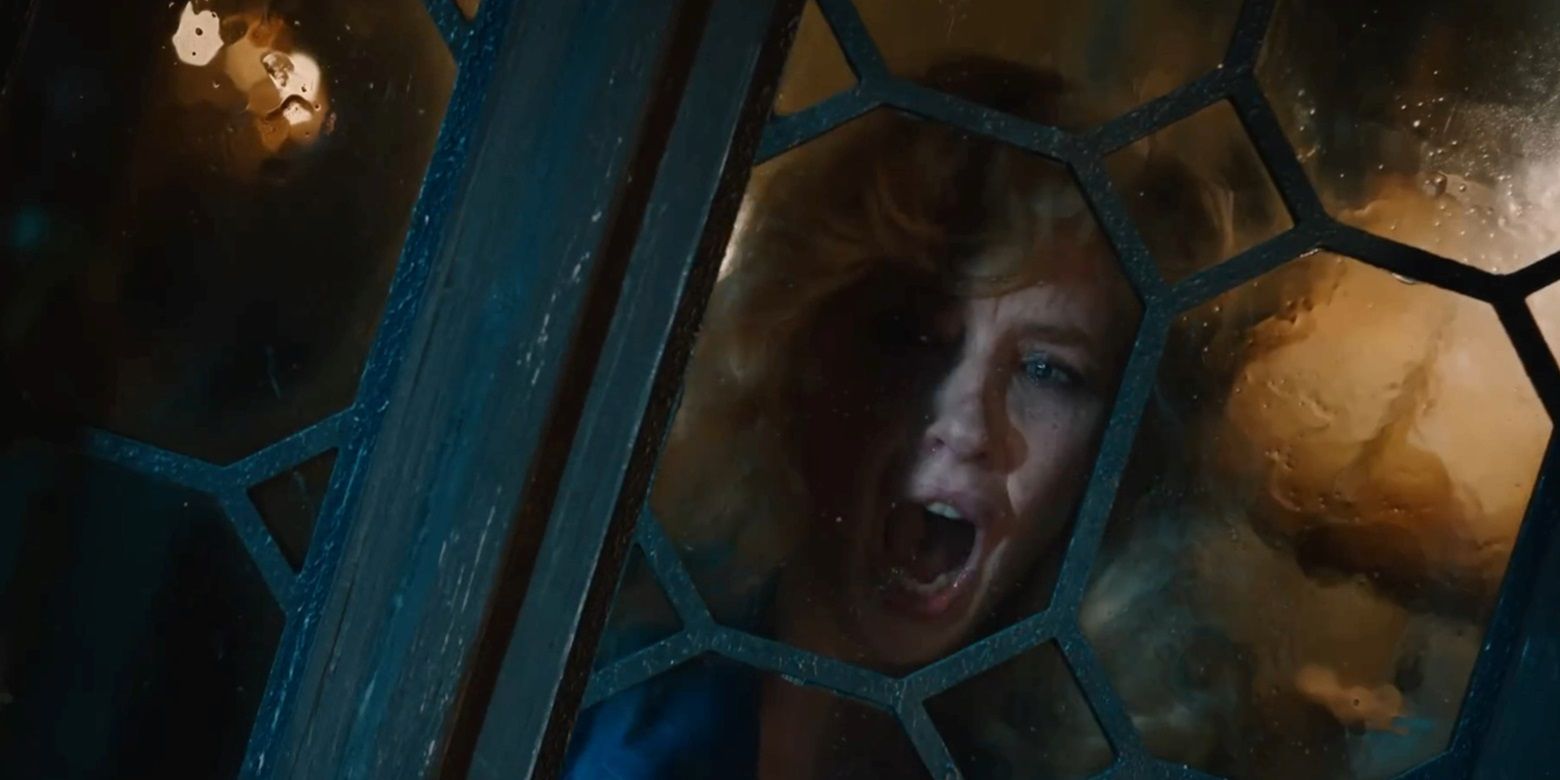
While the plot rationally explains away most of its hauntings, some vaguely supernatural occurrences are purposefully left unexplained. The young Leopold Ferrier (Jude Hill) seems to actually be imbued with the ability to speak with the Palazzo’s ghosts. Leopold claims that the spectral children told him Joyce Reynolds is a fake, a claim that proves true. Leopold also seems capable of hearing the children’s laughter like Poirot does, implying that it’s not an auditory hallucination at all. While Rowena Drake’s death is apparently the result of her slipping over the balcony, a split-second manifestation of the drowned Alicia Drake appears to pull her over.
What’s more, the teacup in Alicia’s room may be a signal of her spectral presence. The falling teacup causes Poirot to find a photo that sets A Haunting in Venice‘s ending in motion by triggering the realization of Alicia’s true killer. However, the teacup isn’t jostled or moved in any way. Having been in the same position for months, it happens to fall at the precise moment that leads to Alicia’s murderer being brought to justice. All of these individual details are small, but they paint a larger picture of a supernatural force that is difficult to dismiss.
The ambiguity of the ghosts in A Haunting in Venice is central to the film’s themes of faith and cynicism. At the outset of the story, Poirot’s past dealings have brought him to a point of utter disillusionment wherein the existence of ghosts, God, or any kind of cosmic justice seems impossible. However, this airtight certainty is keeping the detective from living his life. The events of A Haunting in Venice — both the real and the apparently supernatural — force him to acknowledge that he could be wrong about the nihilism of the universe. Ultimately, the only way to honor the ghosts of the past is to accept their existence.

